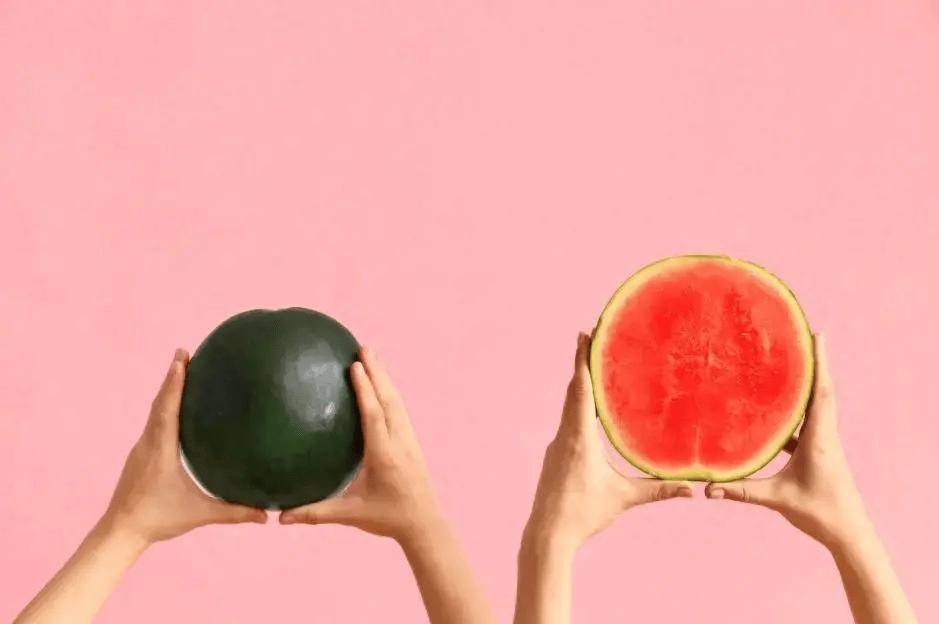Summer and watermelon are a perfect match! In the scorching heat, sweating profusely and having a poor appetite, taking a bite of the ice-cold, juicy, and refreshing watermelon is quite satisfying.
Apart from its high water content, what other nutrients make watermelon worth eating? How should we scientifically enjoy watermelon in the hot summer days? This article not only helps everyone understand the nutritional value of watermelon but also provides tips on how to choose watermelon and the precautions for “safely” enjoying it.
What are the nutritional advantages of watermelon?
Watermelon is renowned as the “king of summer fruits” and is one of the world’s top five fruits, widely cultivated globally. The original watermelon variety might have come from Africa and was introduced to China during the Jin and Yuan dynasties. China ranks first in both production and consumption of watermelon globally, with Beijing being the city with the highest watermelon consumption, particularly in the Panggezhuang Town of Daxing District in Beijing, known as the “hometown of Chinese watermelon.”
Staying hydrated is crucial in summer, and the most significant feeling we get from eating watermelon is how hydrating it is—watermelon’s water content is over 90%, making it a great aid in cooling down and quenching thirst. In terms of other nutrients, watermelon also contains vitamin C, dietary fiber, potassium, magnesium, but the levels are not very high compared to other fruits. For example, the vitamin C content is only 5.7mg/100g, but watermelon contains lycopene.
Lycopene is a natural pigment in food, belonging to the carotenoid family. It has strong antioxidant properties, and various studies have confirmed its health benefits, such as preventing cardiovascular diseases, helping regulate blood pressure, protecting the prostate, heart, skin, preventing osteoporosis, and various cancers.
When it comes to lycopene, many people think of tomatoes first. However, watermelon’s lycopene content is higher than that of tomatoes and is better absorbed by the body. Fresh tomatoes contain 2.57mg/100g of lycopene, while red-flesh watermelon varieties can contain 3.3-10mg/100g of lycopene. Additionally, the lycopene in watermelon is more easily absorbed by the body than that in tomatoes, with a 40% higher absorption rate.
Moreover, watermelon has low calories, with only 31kcal/100g, and some varieties like Zhengzhou No. 3 have even lower calories at 26kcal/100g, less than half of an apple’s calorie content. As long as not consumed excessively, those on a diet need not worry about gaining weight when eating watermelons.
Eating watermelon chilled makes it sweeter.
Many people find that chilling watermelon before eating makes it taste sweeter. This is not an illusion; it has a scientific basis.
This is because watermelon has a total sugar content of 6.2g/100g, with sucrose, glucose, and fructose contents of 1.21g/100g, 1.58g/100g, and 3.36g/100g, respectively. Thus, watermelon has a high fructose content. Some watermelon varieties, though also rich in fructose, may have higher sucrose content, such as Jingmei 2K, Super Sweet Dream, and Guanghui L1000.
Fruits with rich fructose content tend to taste sweeter when chilled. This is due to the cold-sweet characteristic of fructose, where the lower the temperature (below 40°C), the higher the sweetness in the environment. Therefore, chilled watermelon tastes sweeter.


